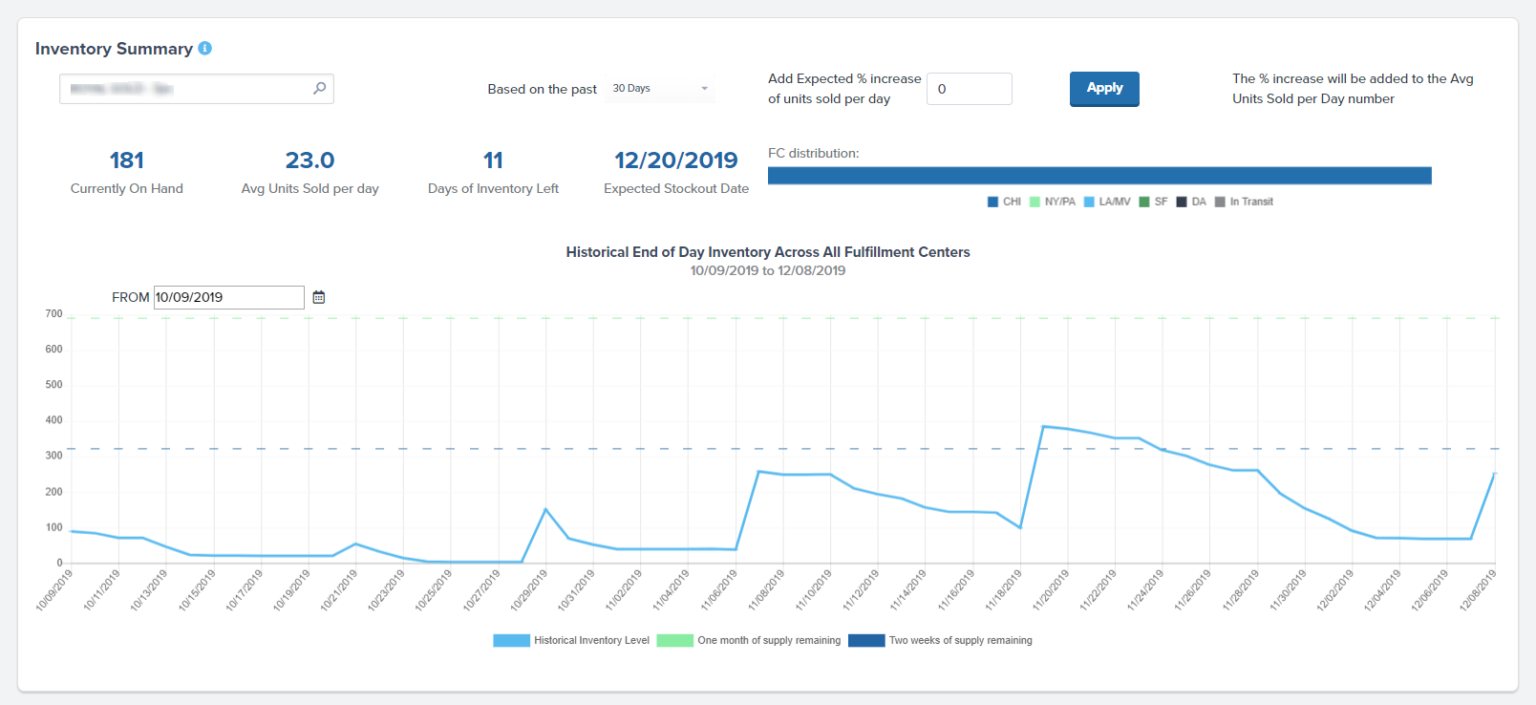Record Retention New York, NY
- Posted by Admin Surya Wijaya Triindo
- On October 22, 2021
- 0

Goods in transit are not the problem for local sellers, as the time of delivery is short and mostly the seller will take full responsibility until the buyer receives the package. However, international trade is another story, the goods may spend weeks on the ship, so they have to know exactly who takes responsibility for the package. Goods in transit basically specify when the title of ownership and risk passes from the seller to the buyer.
What is your risk tolerance?
Plus, managing in-transit inventory well can lead to shorter lead times, fewer delays, and happier customers who receive their orders when promised. Essentially, it’s all about having the right visibility and control over your goods as they move through the supply chain. In contrast, FOB Destination terms delay revenue recognition until the goods reach the buyer. This approach can provide a more conservative and arguably more accurate reflection of a company’s financial position, as it aligns revenue recognition with the actual receipt of goods by the buyer.
Best Practices For In-Transit Inventory Management
Effective management of this inventory type is essential for ensuring that the latest fashion reaches the market in a timely manner. Leveraging inventory management software for real-time tracking ensures that inventory inventory in transit accounting data is always current, thereby reducing inaccuracies caused by delayed data entry. Efficiently managed transit inventory can reduce storage costs and minimize the risk of overstocking or stock obsolescence.
- Accurate accounting for in-transit inventory is important because it affects your financial statements, inventory valuation, and cost of goods sold (COGS).
- If a company recognizes revenue too early, it may inflate its earnings, leading to potential issues with regulatory bodies and a loss of credibility.
- These items are neither in the seller’s inventory nor in the buyer’s possession, yet they hold value and must be accounted for accurately.
- The business you are in affects the type of records you need to keep for federal tax purposes.
How to Calculate Inventory In-Transit Costs

Getting insurance for in-transit inventory is generally a good idea, as it helps protect against risks like theft, damage, or loss while goods are on the move. Since in-transit inventory can be exposed to various hazards—such as accidents, natural disasters, or mishandling—it’s important to have coverage to avoid potential financial setbacks. The party responsible for insuring the inventory (whether it’s the buyer or the seller) depends on the ownership terms, such as FOB Origin or FOB Destination.
Impact of Transit Inventory on Inventory Management:
If these goods are not accounted for correctly, it can result in an understatement of assets, which may affect the company’s liquidity ratios and overall financial stability. For instance, an understated inventory can lead to a lower current ratio, potentially signaling liquidity issues to creditors and investors. Learn essential practices and considerations for accurately accounting for goods in transit to ensure precise financial reporting and revenue recognition. In this case, determine which company should record the goods in transit in their accounting books. The FOB shipping point means that BDF Inc. (purchaser) will take ownership of the merchandise after leaving SDF Inc.’s shipping dock. Consequently, SDF Inc. will record a sales transaction on January 15, 2020, while BDF Inc. will record it as transit inventory for the same date.
Logistic Delays and Disruptions
This transparency reduces the risk of fraud and errors, as every transaction and movement of goods is recorded and verifiable. Smart contracts, a feature of blockchain, can automate various processes, such as payments and customs clearance, further streamlining the transit of goods. One of the primary concerns in international trade is the risk of delays at customs checkpoints. These delays can arise from incomplete or incorrect documentation, non-compliance with import/export regulations, or heightened security measures. To mitigate these risks, businesses often employ customs brokers who specialize in navigating the intricacies of international shipping regulations. These professionals ensure that all necessary paperwork is in order and that shipments comply with the relevant laws, thereby reducing the likelihood of costly delays.
Assume the same scenario, but the terms of delivery are now FOB destination, and the shipment does not arrive at Aruba’s receiving dock until December 2. In this case, the same transactions occur, but on December 2 instead of November 28. Thus, under the FOB destination shipping scenario, ABC does not record a sale transaction until December.
If there are the goods in transit during the reporting date, we must ensure that both party account correctly on those goods. The goods in transit still belong to the group (parent and subsidiary), so the balance must exist in the consolidated balance sheet. It can happen when the parent does not record the sale of goods but subsidiary record inventory and accounts payable. After a long discussion, we know exactly when to record inventory, which depends on our contract with the seller. But another issue is the goods in transit valuation which we need to recognize in our balance sheet.
Ownership of in-transit inventory depends largely on the shipping terms agreed upon by the buyer and the seller, typically defined using Incoterms. On the other hand, if the goods are shipped FOB Destination, ownership remains with the seller until the goods reach the buyer’s location, making the seller liable for the inventory during transit. Understanding who owns in-transit inventory is crucial for determining responsibility for losses or damages, as well as for accounting and insurance purposes. Transit inventory management plays a pivotal role in supply chain operations, influencing various aspects of inventory management, financial performance, and customer satisfaction. Accounting for in-transit inventory can be a bit tricky, as it involves determining when the ownership of goods transfers between the buyer and the seller. If you, as the buyer, own the inventory while it’s in transit (typically under FOB Origin terms), you should record it as an asset in your inventory account once it leaves the supplier’s premises.



0 comments on Record Retention New York, NY